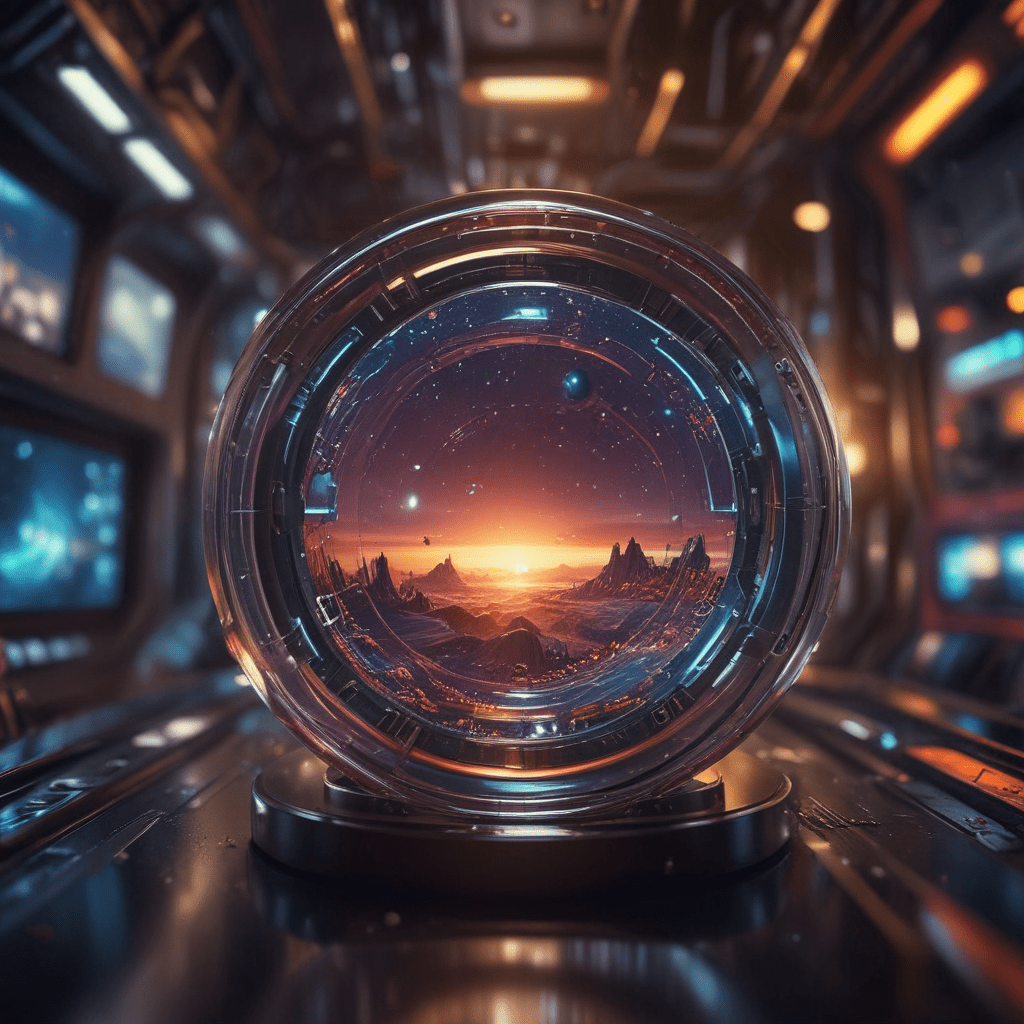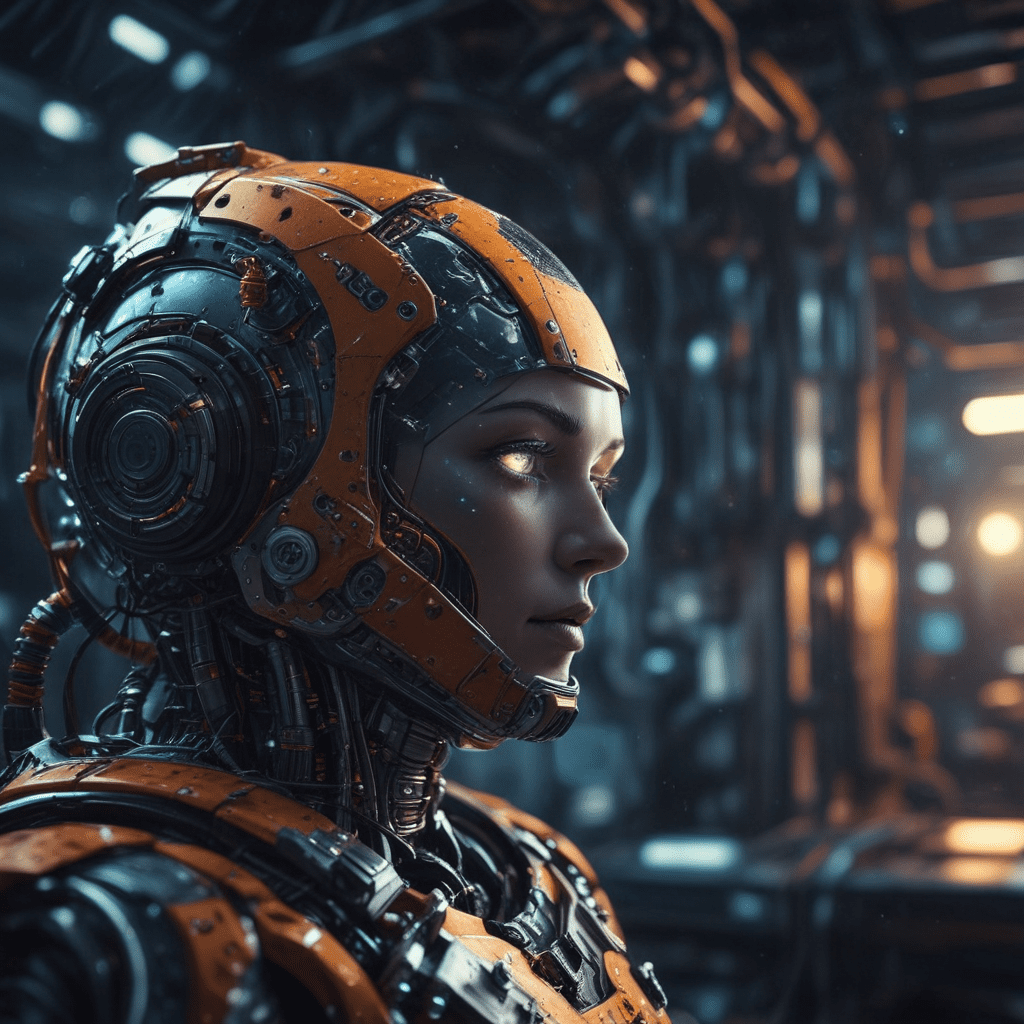Mars Colonization: Technological Considerations
1. Introduction
Mars has captivated human imagination for centuries. Its proximity to Earth, potential for harboring life, and abundant resources make it a prime candidate for human colonization. However, establishing a self-sustaining colony on Mars presents significant technological challenges. Overcoming these challenges requires innovative solutions and strategic planning. This article delves into the critical technological considerations for Mars colonization, exploring the essential elements necessary to establish a thriving Martian society.
2. Challenges of Mars Colonization
Mars poses a hostile environment for humans. Its thin atmosphere offers minimal protection from harmful radiation, and its extreme temperatures and dust storms pose substantial risks. Additionally, the Martian gravity is only about 38% of Earth's, potentially leading to physiological challenges for long-term residents. Establishing a sustainable colony requires overcoming these environmental challenges and ensuring the well-being of its inhabitants.
3. Transportation and Landing
Reaching Mars and landing safely on its surface are crucial steps in the colonization process. Current spacecraft technology allows for robotic missions, but human transportation necessitates advanced propulsion systems and spacecraft designs. Efficient interplanetary travel requires minimizing travel time while ensuring crew safety and comfort. Landing on Mars presents its own challenges due to the planet's thin atmosphere and unpredictable weather patterns. Reliable landing systems that can navigate these hazards are essential for safe arrival.
4. Habitat and Infrastructure
Establishing a permanent habitat on Mars is critical for providing shelter, protection, and a semblance of normalcy for the colonists. Habitats need to withstand the harsh Martian environment while providing a comfortable and functional living space. This includes temperature regulation, radiation shielding, and air purification. Additionally, infrastructure development, such as transportation networks and power grids, is necessary to support daily life on Mars.
5. Life Support Systems
A crucial aspect of Mars colonization is establishing closed-loop life support systems. These systems provide breathable air, purify water, and manage waste. On Earth, these functions occur naturally through the biosphere, but on Mars, artificial systems must be meticulously designed and implemented. Life support systems are essential for maintaining a sustainable and healthy environment for the Martian colonists.
6. Power Generation and Energy Management
Establishing a reliable and sustainable power source is essential for any Martian colony. Solar energy presents a promising option, given Mars' abundance of sunlight. However, Martian dust storms can significantly reduce solar power generation, necessitating backup systems. Nuclear power is another potential option, offering high energy density and independence from weather conditions. However, its implementation raises safety and environmental concerns that need careful consideration. Efficient energy management systems are crucial to optimize power usage and minimize reliance on Earth-based resources.
7. Resource Utilization and In-Situ Resource Utilization (ISRU)
Mars is rich in various resources, including water ice, carbon dioxide, and minerals. Utilizing these resources locally through In-Situ Resource Utilization (ISRU) is critical for reducing dependence on Earth-supplied materials. Extracting water ice for life support, generating oxygen from carbon dioxide for breathing, and producing construction materials from Martian regolith are examples of ISRU applications. Research and development of efficient ISRU technologies will play a pivotal role in the long-term sustainability of a Martian colony.
8. Communication and Navigation
Reliable communication between Earth and Mars is vital for maintaining contact, sending data, and coordinating activities. The vast distance between the two planets poses a significant challenge, as signals take minutes to travel each way. Advanced communication systems capable of overcoming these delays and maintaining high-bandwidth communication are essential. Similarly, accurate navigation systems are crucial for Martian surface exploration, resource prospecting, and safe movement within the colony.
9. Robotics and Automation
Robotics and automation will play a vital role in various aspects of Martian colonization. Robots can be utilized for construction, resource extraction, scientific exploration, and hazardous tasks, minimizing risks for human colonists. Advanced robotic systems equipped with artificial intelligence can perform complex tasks autonomously, enhancing efficiency and productivity. Additionally, telepresence-operated robots allow human operators to remotely control robotic systems from Earth, providing an alternative approach to Martian exploration and manipulation.
10. Sustainability and Environmental Considerations
Establishing a sustainable colony on Mars requires careful consideration of environmental impacts. Utilizing renewable resources, minimizing waste production, and adopting closed-loop systems are crucial for preserving the Martian environment. Additionally, understanding and respecting the potential for Martian life forms is essential. Careful monitoring and research will help ensure responsible development and minimize ecological disruption.
Frequently Asked Questions (FAQs)
1. When will humans colonize Mars?
Current estimates suggest the first human mission to Mars could occur in the 2030s, with a permanent colony potentially established sometime in the following decades. However, the timeline remains uncertain and depends on technological advancements and international collaboration.
2. What are the biggest challenges for Mars colonization?
Overcoming the harsh Martian environment, establishing self-sustaining life support systems, developing reliable transportation and landing technologies, and ensuring long-term sustainability are among the most significant challenges.
3. How will we protect astronauts from radiation on Mars?
Radiation shielding through Martian regolith or inflatable habitats can protect astronauts from harmful solar and cosmic radiation. Additionally, developing new radiation mitigation strategies and medications remains an active area of research.
4. Will we find life on Mars?
The search for past or present life on Mars is a major scientific objective in Mars exploration. While evidence suggests Mars may have once been habitable, the presence of current life remains elusive. Future missions with advanced life detection instruments will play a crucial role in answering this intriguing question.
5. How will we terraform Mars?
Terraforming Mars, transforming it into a more Earth-like environment, is a long-term vision and remains a topic of scientific debate. Potential methods include introducing greenhouse gases to thicken the atmosphere, melting polar ice caps to release water, and introducing plant life. However, terraforming remains a hypothetical concept requiring significant technological advancements and a thorough understanding of Martian ecosystems.


